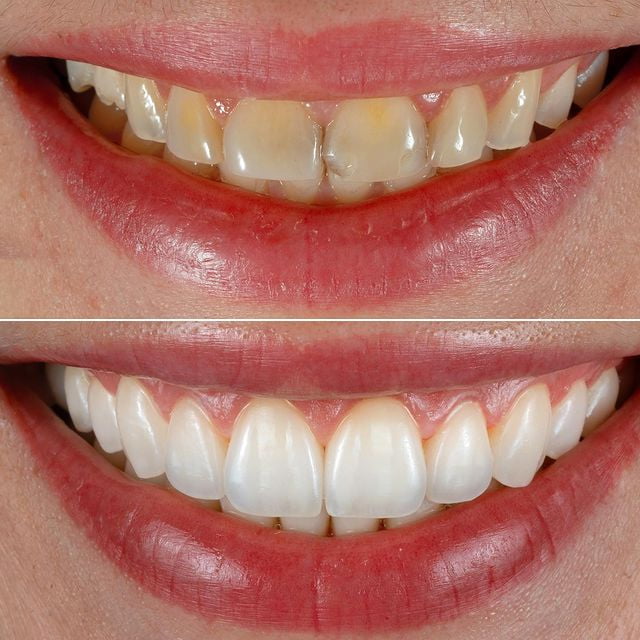Dental Veneers And Bonding For Closing Gaps Between Teeth: Are They Effective?

If you’ve ever thought about improving your smile, this could be very helpful. We will take a close look at tooth bonding and veneers, which are two highly regarded ways to close gaps between teeth. But the most important question is whether or not they actually work. Additionally, we’ll also briefly explore a popular alternative – invisible braces for teeth – to provide a comprehensive understanding of options available for your dental enhancement.
Dental Veneers
Alright, first on our agenda, dental veneers. Picture this – super thin, custom-made coverings that fit perfectly over the front surface of your teeth. They’re made from either porcelain or resin composite materials, giving off a natural vibe while addressing a variety of dental issues, including, yes, those pesky gaps.
- Custom-made: Veneers are tailor-made to match your teeth, ensuring an excellent fit.
- Look and feel: Crafted from tooth-colored materials, they harmonize seamlessly with the rest of your teeth.
- Longevity: With the right care, veneers can keep you company for a good 10 to 15 years.
Dental Bonding
Now, let’s give dental bonding some attention. This procedure is a bit less complex, but just as impactful. It involves the application of a tooth-colored resin on the tooth which is then hardened with a special kind of light. The result? A bonded, gap-free tooth.
- Value for money: Bonding is typically lighter on the pocket compared to veneers.
- Instant gratification: Unlike veneers, bonding can be done in a single visit, offering immediate results.
- Keep it original: Bonding doesn’t demand as much tooth reshaping as veneers, allowing you to maintain more of your natural tooth.
Veneers Vs. Bonding
Let’s do a quick comparison between veneers and bonding to see how they stack up.
- Price point: Bonding is generally less costly than veneers.
- Shelf life: Veneers take the cake when it comes to lasting longer than bonding.
- Aesthetics: Veneers typically deliver a more natural and dazzling smile than bonding.
- Ease of procedure: Bonding scores high on being less invasive and quicker than the process for veneers.
Closing the Gap: Effectiveness Test
So, it’s time for the big question – do these methods actually work when it comes to closing gaps between teeth? The simple answer is – absolutely! Both dental veneers and bonding have passed the test with flying colors in the gap-closing department and are known for enhancing smiles everywhere.
- Veneers: By creating the shells with the desired width, dentists can ensure that gaps disappear with the application of veneers.
- Bonding: In the case of bonding, the dentist skillfully shapes the resin on the teeth to effectively bridge the gap.
Factors like the size of the gap, your overall oral health, and personal preferences often dictate which of these two methods will work best.
The Dental Dilemma – To Bond or Veneer?
Both dental veneers and bonding offer fantastic solutions for filling in gaps between teeth. If you’re searching for a more long-term and aesthetically pleasing solution, veneers might be your best bet. Conversely, bonding could be the way to go if you prefer a less invasive, quicker, and more cost-effective option.
Also, if you’re interested in exploring other teeth-straightening options, don’t hesitate to visit Invisalign Center for a personalized consultation. Remember, this choice should involve a thorough discussion with your dentist.
Every smile is unique and your specific needs and preferences must take center stage before making a decision. Here’s to your journey towards a confident, gap-free smile!









